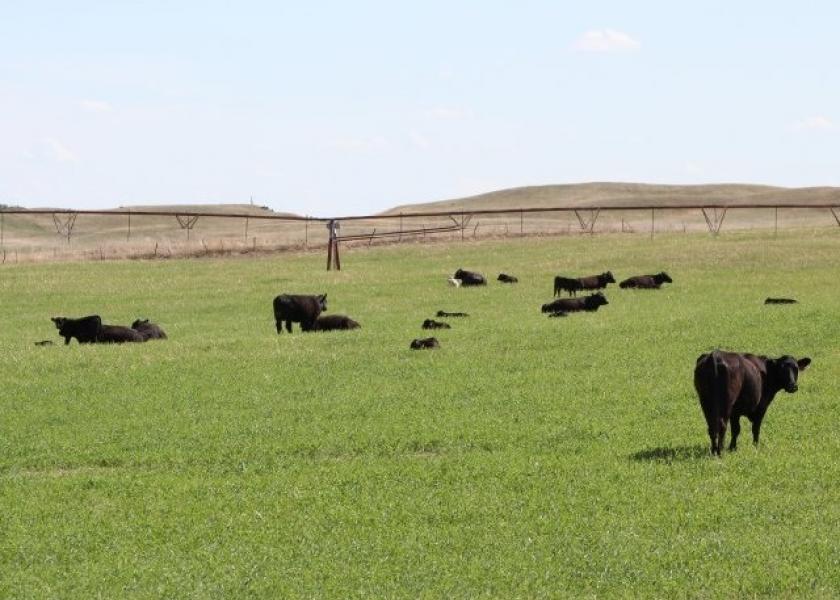Planning Important When Converting Cropland Back to Pasture

When corn was $7 a bushel, a lot of farmers converted pasture from grass to row crops. Now, with crop prices much lower and pasture values on the rise, many of those farmers are thinking about putting those acres back into grass.
While converting cropland back to pasture may make economic and environmental sense, and offers the chance to improve your forage system, it does take time and planning, says University of Missouri Extension forage specialist Rob Kallenbach.
“Deciding you want to change from row crops to perennial grass is not a decision to be made in 30 minutes,” Kallenbach says.
Kallenbach says the first thing producers need to figure out is what kind of forage they want to plant and how it contributes to the whole farm system.
Just because you have cool season-grasses, it doesn’t mean you need more, he says. Perhaps a warm-season grass can add diversity and provide better forage for multiple seasons.
Converting cropland back to pasture also offers the opportunity to establish nontoxic novel endophyte varieties faster and more easily than trying to go from one perennial grass to another.
It’s important to test soil for residual herbicides that could affect grass and livestock fertility. Soil testing should be done early because limestone can take time to break down and change soil pH, Kallenbach says.
He also recommends having seed delivered ahead of time. “Often we’re working with either perennial warm-season or cool-season grasses. Supplies of those products can be limited or at least are not as easily attainable in a short time frame, so planning ahead really helps.”
If fences were removed from the converted pastures, they will have to be rebuilt before livestock can graze there. Joe Zulovich, an MU Extension agricultural engineer, says this gives producers the opportunity to improve their pasture system.
“When you look at the intensive grazing or the rotational grazing programs that are out there, you may want to take a step back and see if one of those would help better utilize the pasture,” Zulovich says.
Fencing can be expensive, but Zulovich says the Natural Resources Conservation Service has had a cost-sharing program for pasture fencing. Contact your local NRCS office for more information.
For more information on forages, fencing and other topics, contact your local MU Extension center or search the MU Extension website at http://extension.missouri.edu.
Source: University of Missouri Extension







